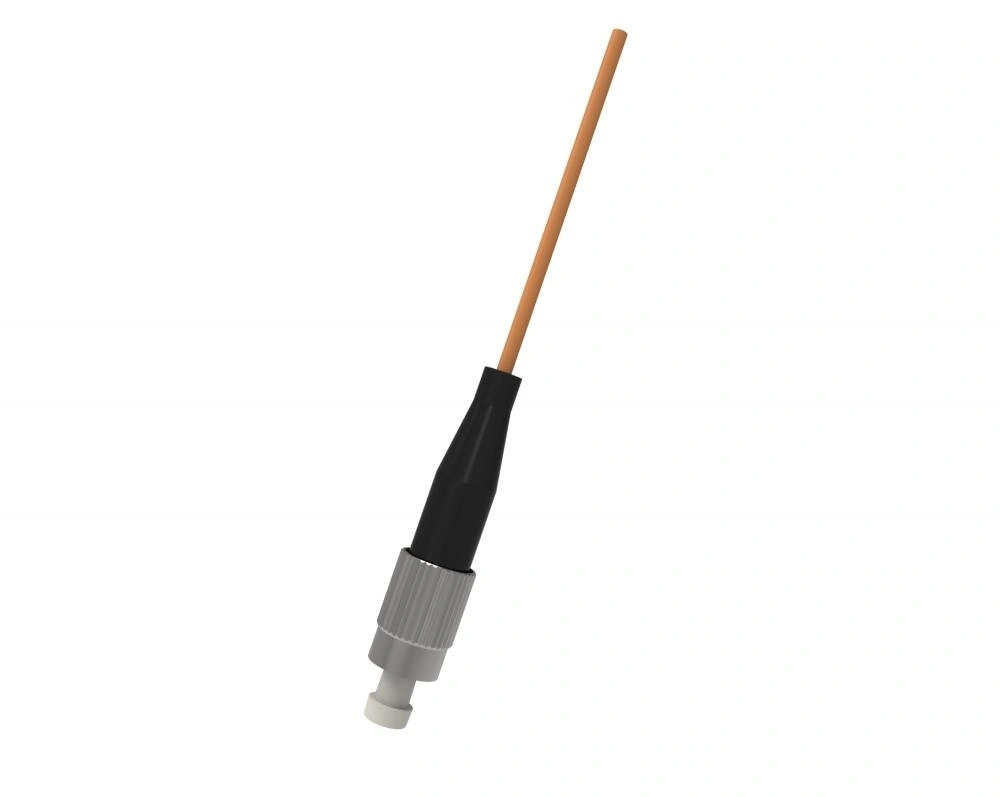Guidelines for Selecting the Correct Connector Type to Optimize Fiber Optic Jumper Performance

When it comes to building fiber optic networks, selecting the correct connector type for your fiber optic jumpers is crucial. The right connector type can ensure efficient and reliable data transmission. In this guide, we will provide you with the necessary information to make an informed decision when choosing the best fiber optic jumper connector type for your application.
1. Understanding Connector Types
There are various connector types available in the market, each designed for specific applications. Common connector types include SC, LC, ST, FC, and MPO/MTP. It is important to understand the differences between these connectors to make an appropriate choice.
The SC connector is widely used and provides low insertion loss and excellent repeatability. The LC connector offers high-density packaging and is suitable for applications where space is limited. The ST connector is the most commonly used connector in multimode networks, while the FC connector is popular in single-mode networks. The MPO/MTP connector is used for high-density applications, such as data centers.
2. Consider the Application and Environment
When selecting a fiber optic jumper connector, it is essential to consider the application and environment in which it will be used. Factors such as data transfer rates, signal strength, cable type, and overall network design should be taken into account.
For instance, if you are building a high-speed network, it is advisable to choose connectors that support higher data transfer rates. If the jumper will be exposed to harsh conditions or extreme temperatures, opt for connectors that offer enhanced durability and temperature resistance.
3. Compatibility and Interoperability
Ensure that the chosen connector type is compatible with the hardware used in your network. Different devices and equipment may require specific connector types for optimal performance. Moreover, consider the interoperability of the connectors with existing systems or future upgrades.
It is recommended to choose widely accepted connector types that are supported by multiple vendors. This will ensure compatibility and make it easier to source replacement or additional connectors when needed.
Conclusion
Choosing the correct fiber optic jumper connector type is essential for ensuring optimal performance and reliability in your network. By understanding the different connector types, considering the application and environment, and ensuring compatibility, you can make an informed decision and select the right connector type for your specific requirements.
Remember, the right connector type can minimize signal loss, improve data transmission efficiency, and contribute to the overall success of your fiber optic network.



